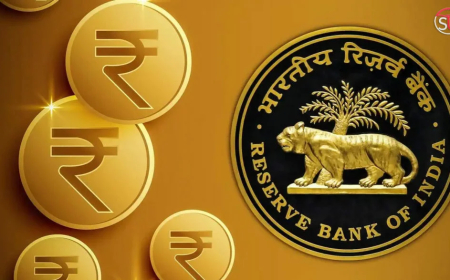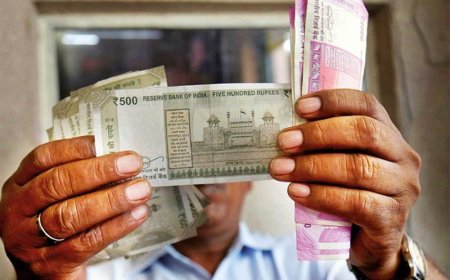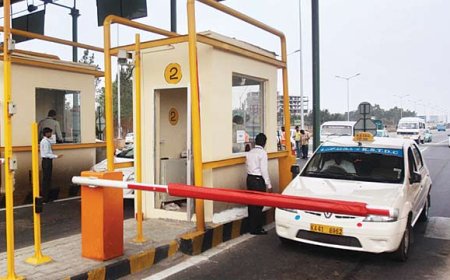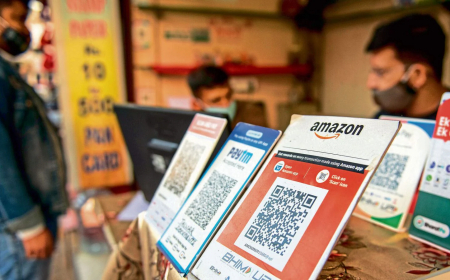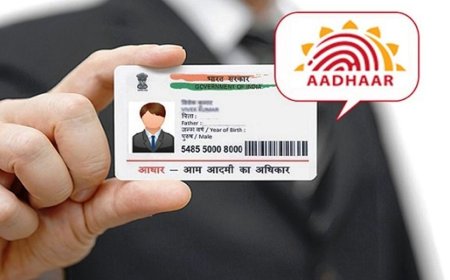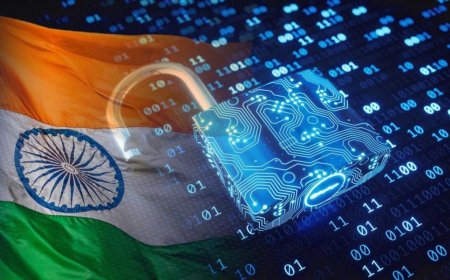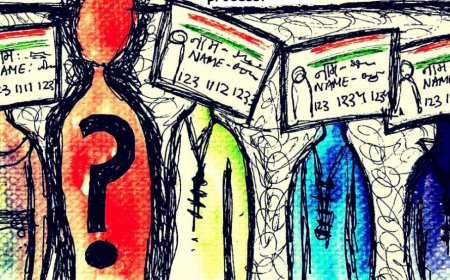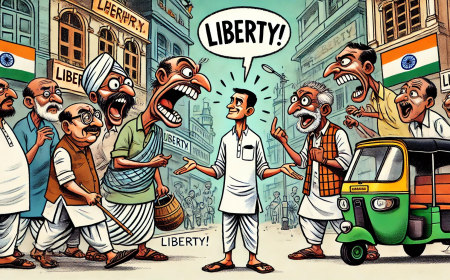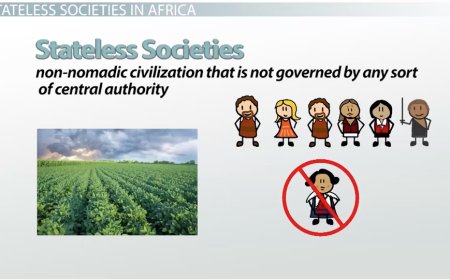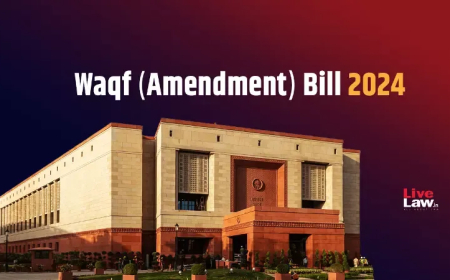RBI’s Digital Rupee: Currency Revolution or Orwellian Trap?
India’s Digital Rupee promises a cashless future, but is it a step toward financial innovation or government surveillance? A deep dive into the Central Bank Digital Currency (CBDC) and its hidden risks.
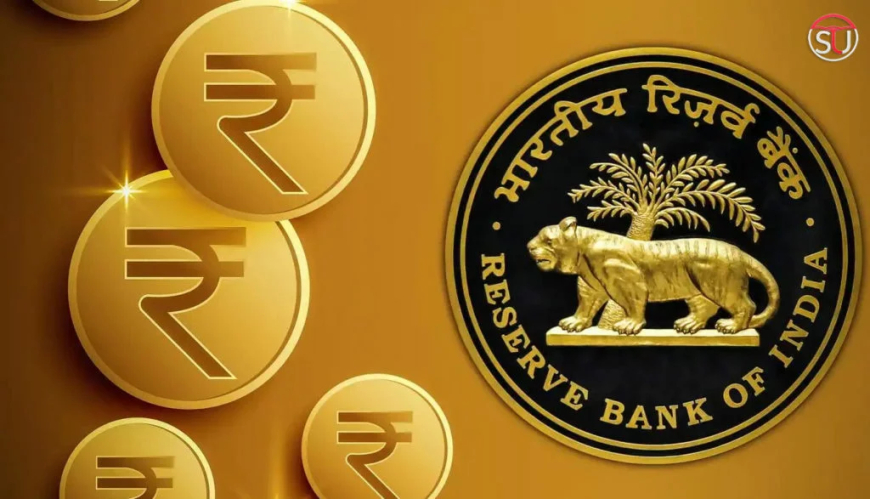
Introduction: The Rise of the Digital Rupee
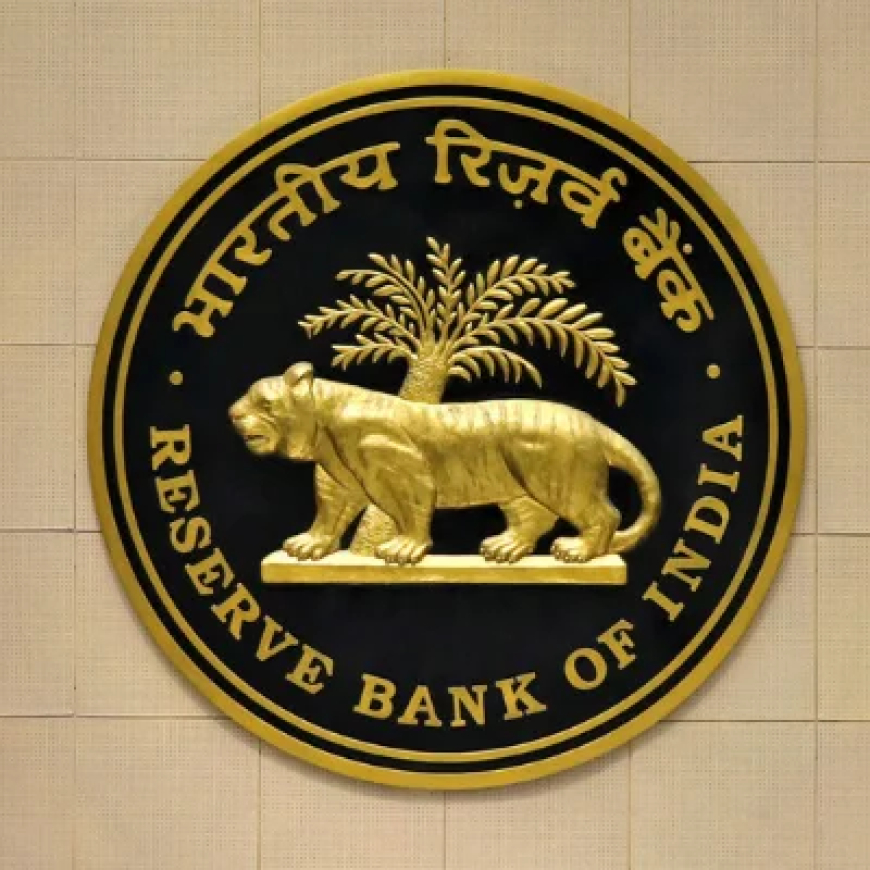
India is going digital in every sector—UPI dominates transactions, fintech is booming, and now, the Reserve Bank of India (RBI) has introduced its own Digital Rupee (e₹). Marketed as a safer, government-backed alternative to cryptocurrencies and physical cash, the Digital Rupee aims to revolutionize transactions.
But while the government pitches it as a step toward financial inclusion, the real question is: will it give the RBI more control over our money than ever before?
What is the Digital Rupee?

The Digital Rupee, or Central Bank Digital Currency (CBDC), is a digital version of the Indian Rupee, issued and regulated by the RBI. Unlike cryptocurrencies such as Bitcoin, it is centralized and directly backed by the government.
There are two types of CBDCs in India:
- Retail CBDC (CBDC-R) – Meant for the general public, just like digital cash.
- Wholesale CBDC (CBDC-W) – Designed for banks and financial institutions.
It is currently being tested in major cities, with expansion planned across the country.
The Promised Benefits: More Control or More Convenience?
The government highlights several advantages of the Digital Rupee:
- Cashless Convenience – No need for physical notes, reducing counterfeiting.
- Faster Transactions – Direct digital payments without the need for intermediaries like banks.
- Lower Costs – Reduces expenses related to printing and handling physical cash.
- More Financial Inclusion – Can reach rural and unbanked populations.
But beneath these promises, there is another reality—one that gives the government unprecedented control over money.
The Hidden Risks: An Orwellian Financial System?
Total Government Surveillance
Unlike cash, which offers privacy, every Digital Rupee transaction is recorded. This means:
- The government knows where, when, and how every rupee is spent.
- Financial activity can be tracked, analyzed, and controlled.
Programmable Money: The Government Decides How You Spend
CBDCs can be programmed to function in specific ways. Imagine:
- The government limiting what people can buy, such as blocking certain purchases.
- Expiry dates on money, forcing people to spend within a deadline or lose their savings.
- Social credit-style penalties, restricting access to funds based on government policies.
Negative Interest Rates & Financial Manipulation
Since the RBI controls the Digital Rupee, it can:
- Force people to spend money by imposing expiry dates.
- Deduct money directly from accounts in times of economic downturns.
- Make savings worthless by applying negative interest rates on deposits.
Elimination of Cash = Total Dependency on the State
With the gradual phasing out of cash, every rupee will be under government oversight. No offline transactions, no financial autonomy—only centralized control.
The Libertarian Alternative: Decentralized Finance & Financial Freedom
A truly free and prosperous economy should not be built on a government-controlled digital currency. Instead, India should:
- Promote decentralized cryptocurrencies like Bitcoin and Ethereum as alternatives to state-controlled money.
- Protect cash transactions and prevent the forced removal of physical currency.
- Encourage private banking solutions that give individuals more financial independence.
The future of money should empower people, not governments.
Conclusion: Currency Revolution or Financial Slavery?
The Digital Rupee is being sold as a revolution in Indian finance, but the fine print reveals a different story. It is not about convenience; it is about control.
If India truly wants financial innovation, it must embrace choice, privacy, and decentralization—not a system where the state dictates how people use their own money.
What do you think? Is the Digital Rupee the future or a dangerous trap?
What's Your Reaction?














